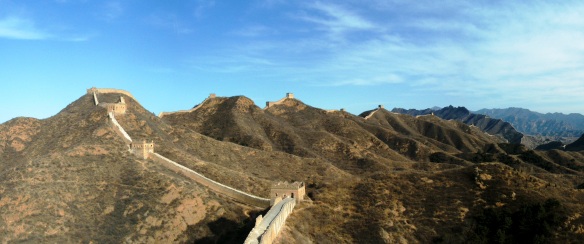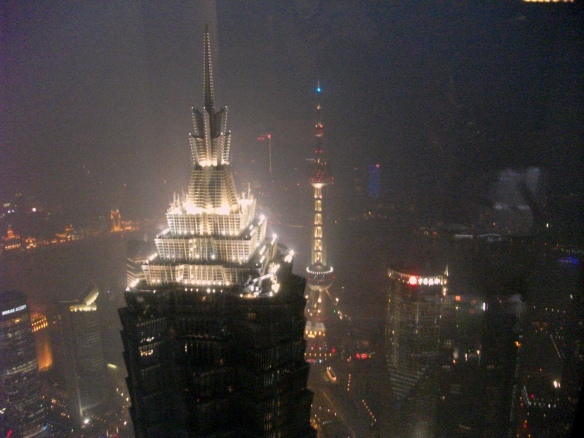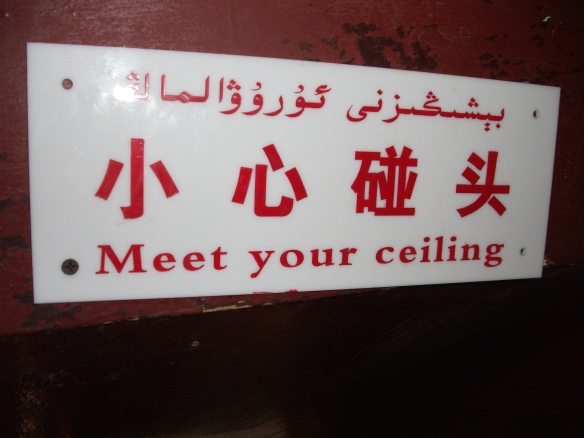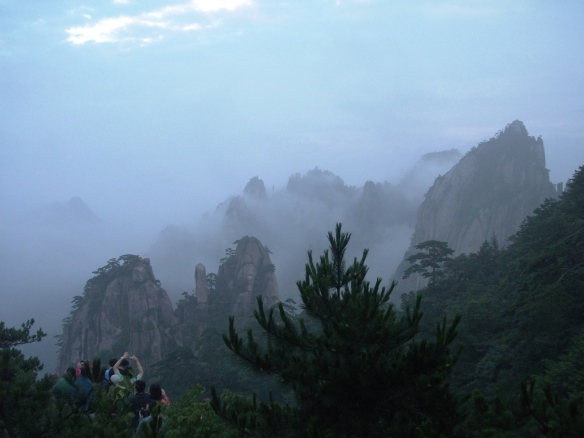After looking over previous posts on here I noticed there were very few photos of any of the places I visited and wrote about. This, combined with a hint of inspiration from the Facebook ‘Year in Review’, has made me go through all pictures from my year abroad last year and whittle them all down to a top 40.
I have confess I only took these pictures with a humble compact camera, so don’t expect any groundbreaking photography skills here.

The Yungang (云岗) Caves near Datong, Shanxi province contain these huge Buddhist carvings into cliffs.

The historical streets of Pingyao, Shanxi province, have been largely spruced up for the tourist industry, but still offer a rare chance to stroll down traffic-free alleyways which bear any resemblance to how they would be in traditional China.

Not exactly the prettiest picture, but the experience of standing on a crowded overnight train during the National Holiday for 12 hours was pretty memorable, for the wrong reasons.

Prime example of “Chinglish” – dodgy translations from Chinese into English. This gem was discovered on the Tianjin Eye, an observation wheel over the sprawling city of Tianjin.

The Harbin Ice and Snow Festival (哈尔滨冰雪节). All these huge sculptures are carved out of ice by artists from all over the world.

Wudaokou – home for the duration of the year in Beijing. Couldn’t get away without putting this on here.
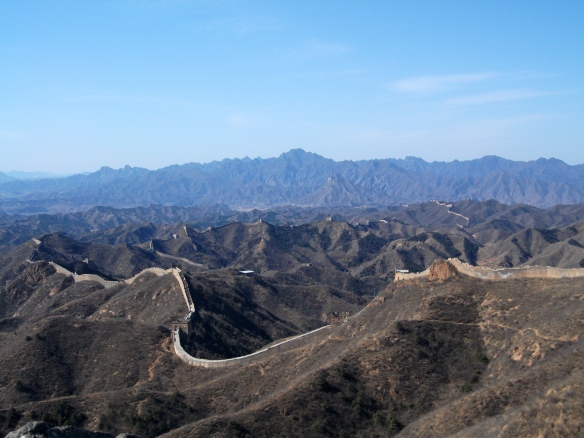
The Great Wall at Jinshanling snaking away over the hills into the distance. On a bitter winter’s day this scenery was breathtaking.

In Tai’an (泰安), a restaurant owner prepares freshly hand-made noodles, which turned out to be some of the tastiest I’ve ever had.

The Night Bazaar in the provincial capital of Urumqi. The whole area has a distinct central Asian influence, and the distinct ethnic group of the Uyghur people.

One of the ancient buildings of the Jiaohe (交河) ruins, an old oasis town in the middle of China’s northwestern desert.

Urumqi has been undergoing huge development following financial investment from eastern China. It bears the outward appearance of any other Chinese city.

Intro – Beijing’s biggest electronic music festival. Notice the little girl on the woman’s shoulders.
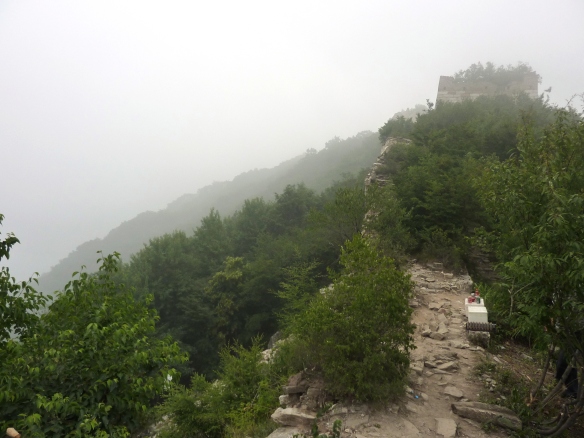
“Tantalising panoramic views” promised by the Lonely Planet guidebook were pretty hampered by fog at the rural Jiankou (箭扣) section of the Great Wall.

Our night-stop on Emei Mountain (峨眉山), Sichuan province. This was the only time the clouds cleared away to reveal the surrounding hills.

